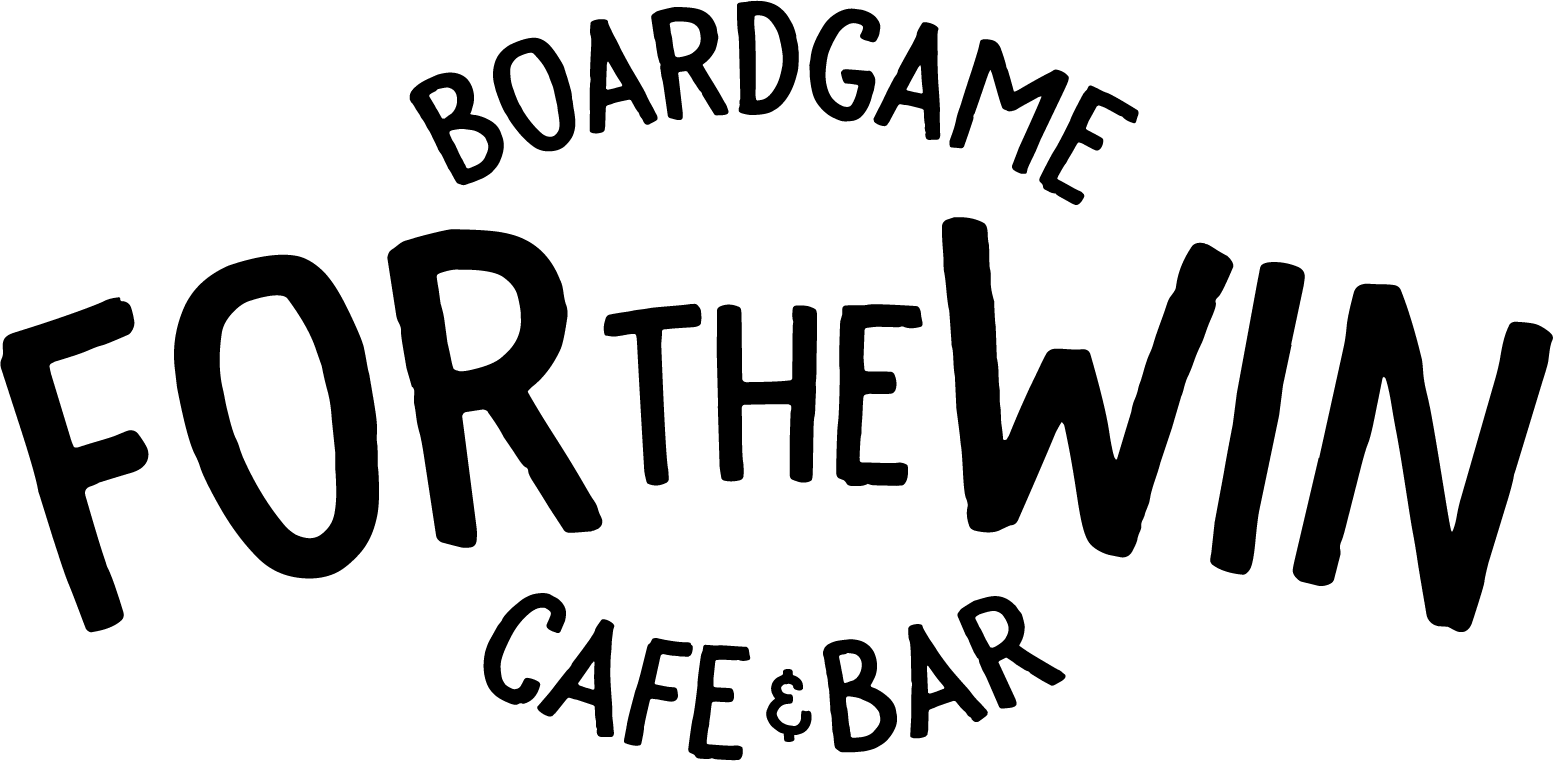FTW Staff Picks - Azul
The most recent winner of the Spiel des Jahres, Azul has been a hot commodity over the last year and a half. We finally picked up a copy for our library and it’s safe to say the hype is well-deserved. Even just out of the box, the feel of the tiles reminds me of the first time I played Splendor with its original weighted chips. There are not many components to Azul, but each part was given care. And jumping right into the game, it’s obvious why so many gamers have sung its praise.
In Azul, players design walls inside of a Portuguese palace in hopes to appease the king. To begin the game each player is given a board and a set of Factory displays are placed in the middle of the table with 4 tiles on each display. Each round is split into 3 phases: Factory Offer, Wall-Tiling and Preparation. In the Factory Offer phases, players take turn choosing either all of the tiles of the same colour from any one Factory display or from the centre of the table. If the player chooses a display, all other tiles that aren’t claimed get pushed to the centre of the table. If a player cannot or wishes not to place tiles collected into their Pattern Line, those tiles are placed in the Floor. Play continues until all tiles have been selected. In the Wall-Tiling phase, players check to see if any Pattern Lines have been filled, allowing them to move the tile to the Wall and score it. Tiles score points based on any existing adjacent tiles, both horizontally and vertically (summed together). Any tiles in the Floor will add negative points to that player. The game concludes when one player finishes a horizontal line in their wall. Bonuses are awarded for players who complete horizontal and vertical lines, as well as placing 5 of the same coloured tiles in their Wall. The player with the most points at the end of the game is declared the winner!
Gameplay in Azul is quick, but not always easy. Decisions quickly ramp up in importance as the game moves on. Players will always look to better their own board, but should also be mindful of messing with their opponents. There are many ways to setup situations where your opponent gets stuck with several negative tiles, especially in a 2-player game. In fact, the game is fun with all configurations but is really great as a duel. There’s more control and a little less contingency planning.
With Azul being more widely available now, more and more gamers are getting the chance to try it out. Azul is a game that will have very long legs spread out for many years. It’s early to declare it a future classic, but if you look at the industry there are already many copycats on the market or coming soon. That’s not to say someone can’t come in and blow Azul away eventually, but it certainly feels like a landmark game with its influence. Be sure not to miss this one.



